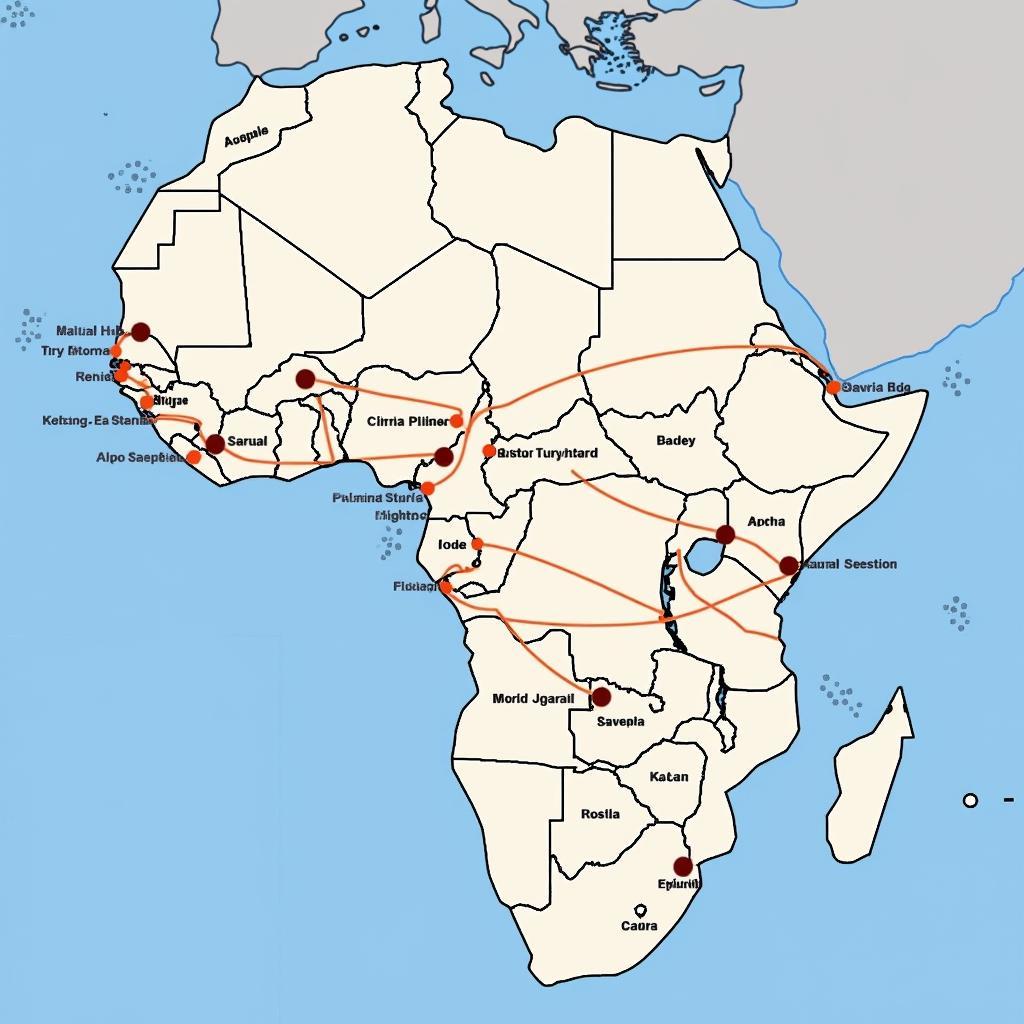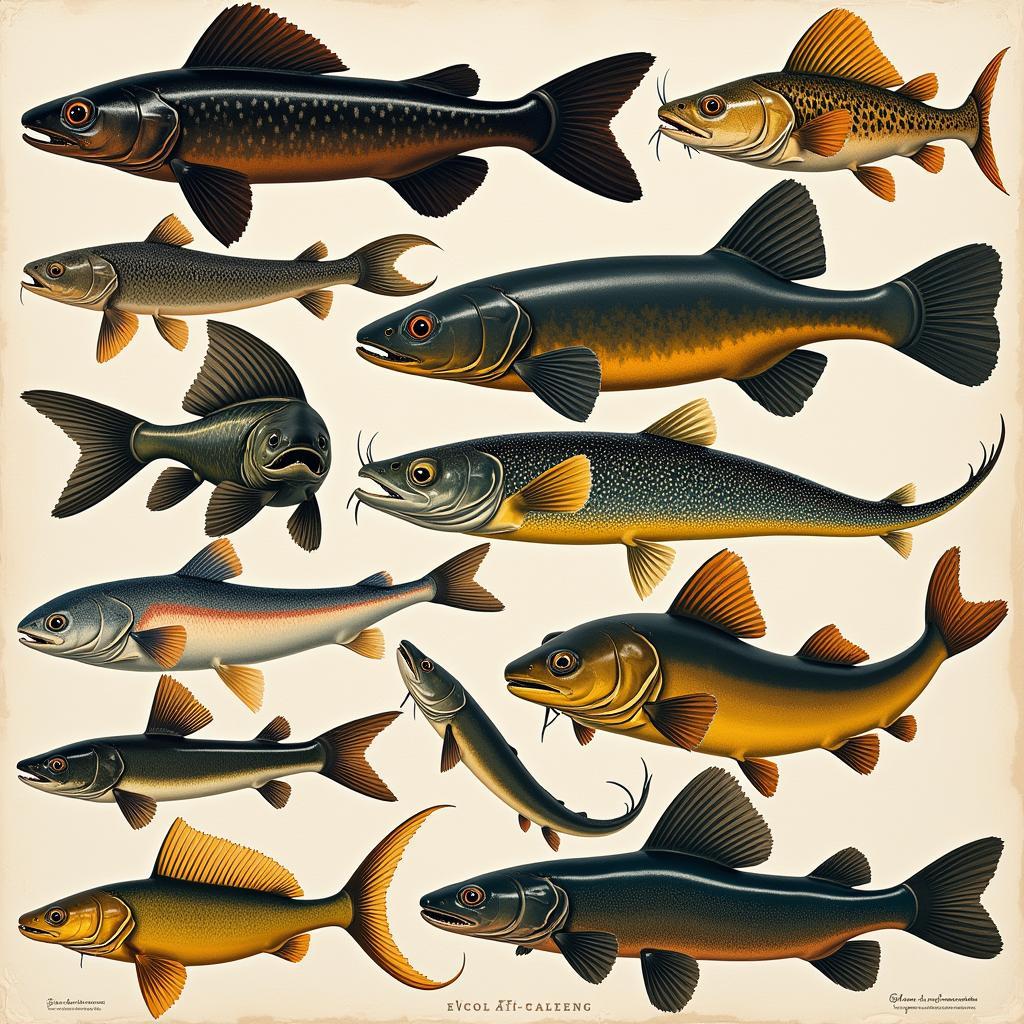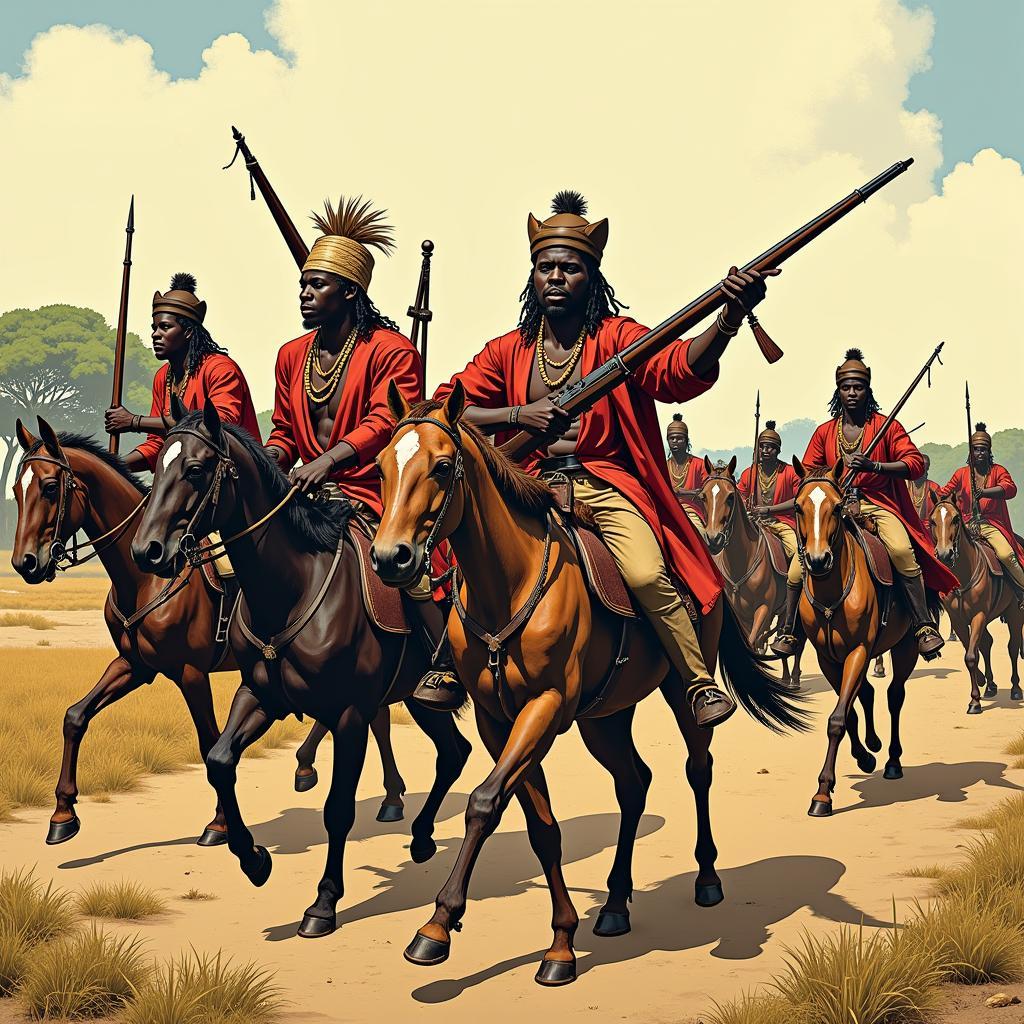About African Flowers: A Wikipedia-Inspired Deep Dive
African flowers are a vibrant tapestry woven into the rich biodiversity of the continent. From the iconic protea to the delicate orchids, these blossoms offer a captivating glimpse into the diverse ecosystems and cultural traditions they inhabit. This exploration delves into the fascinating world of African flora, drawing inspiration from the wealth of information available on platforms like Wikipedia and expanding upon it with captivating details and unique insights.
Unveiling the Beauty of African Flowers
The African continent boasts an astonishing array of floral diversity, with an estimated 45,000 species of flowering plants. This abundance is attributed to the varied climates and landscapes, ranging from arid deserts and lush rainforests to sprawling savannahs and towering mountains. Each region nurtures unique floral communities, contributing to the continent’s remarkable botanical richness. Understanding the relationship between these ecosystems and the flowers they support is key to appreciating their beauty and significance.
Iconic African Blooms: Protea, Impala Lily, and More
Several African flowers have achieved iconic status, symbolizing the continent’s natural beauty and cultural heritage. The King Protea, South Africa’s national flower, stands as a majestic emblem, its large, artichoke-like blooms a testament to the country’s floral splendor. The Impala Lily, with its vibrant pink and white flowers, adds a touch of elegance to the rocky landscapes it calls home. These iconic blooms, alongside many others, are not only aesthetically pleasing but also play vital roles in their respective ecosystems.
From the vibrant Strelitzia, also known as the Bird of Paradise flower, to the delicate Cape Daisy, each bloom tells a story of adaptation and resilience. The unique shapes, colors, and fragrances of these flowers have evolved over millennia, attracting pollinators and ensuring the continuation of their species. Many of these flowers also hold cultural significance, woven into traditional medicine, art, and folklore.
Exploring African Flower Habitats: From Deserts to Rainforests
African flowers have adapted to thrive in a wide range of habitats, each presenting unique challenges and opportunities. In the arid deserts of Namibia, succulents like the Lithops, or “living stones,” have evolved ingenious strategies to conserve water and survive extreme temperatures. Meanwhile, in the lush rainforests of the Congo Basin, orchids and other epiphytes cling to trees, reaching for sunlight and moisture in the dense canopy.
The savannahs, with their vast grasslands and scattered trees, support a diverse array of wildflowers, including the fiery red Torch Lily and the delicate blue Agapanthus. These flowers play crucial roles in the savannah ecosystem, providing food for pollinators and contributing to the overall biodiversity of the region. The mountainous regions of East Africa also harbor unique floral communities, with species like the Giant Lobelia adapting to the cooler temperatures and high altitudes.
The Cultural Significance of African Flowers
Beyond their ecological importance, African flowers hold deep cultural significance for many communities across the continent. In some cultures, specific flowers are used in traditional medicine, their petals, roots, and leaves believed to possess healing properties. Others are incorporated into rituals and ceremonies, symbolizing life, death, or spiritual connection.
For instance, the Baobab tree, with its massive trunk and distinctive white flowers, is revered as a symbol of strength and resilience in many African cultures. Its flowers, leaves, and fruit are used for various purposes, from food and medicine to building materials and clothing. The use of flowers in art, music, and storytelling also reflects their cultural importance, serving as a source of inspiration and a means of expressing cultural identity.
“The connection between people and plants in Africa is profound,” notes Dr. Anika Nkosi, a renowned ethnobotanist specializing in African flora. “Flowers are not just objects of beauty; they are integral to the cultural fabric of many communities.”
Conclusion: Appreciating the Richness of African Flowers
From the iconic protea to the countless lesser-known species, about African flowers wikipedia and other resources provide a starting point for appreciating the continent’s remarkable floral diversity. By exploring the intricate relationship between flowers, ecosystems, and cultural traditions, we gain a deeper understanding of the natural and cultural heritage they represent. This journey into the world of African flowers reminds us of the beauty and resilience of nature and the importance of preserving these treasures for generations to come.
FAQ
- What is the national flower of South Africa? (The King Protea)
- Where can I find information about African flowers similar to Wikipedia? (Botanical gardens websites, research papers, and online databases)
- What are some of the medicinal uses of African flowers? (Traditional remedies for various ailments, depending on the specific plant)
- How have African flowers adapted to different climates? (Developments like succulence for deserts and epiphytic growth for rainforests)
- What is the cultural significance of the Baobab tree? (Symbol of strength, resilience, and source of various resources)
- Where can I learn more about the ethnobotany of African flowers? (University research departments, ethnobotanical societies, and specialized publications)
- Are there any endangered African flower species? (Yes, habitat loss and climate change threaten many species.)
Exploring Further
- African Flower Identification Guides: Explore online resources and field guides for identifying specific African flower species.
- Ethnobotanical Studies: Delve deeper into the cultural uses and significance of African flowers in various communities.
- Conservation Efforts: Learn about organizations working to protect endangered African flower species and their habitats.
Call us at +255768904061, email us at [email protected], or visit us in Mbarali DC Mawindi, Kangaga, Tanzania, for any assistance. We have a 24/7 customer service team.


